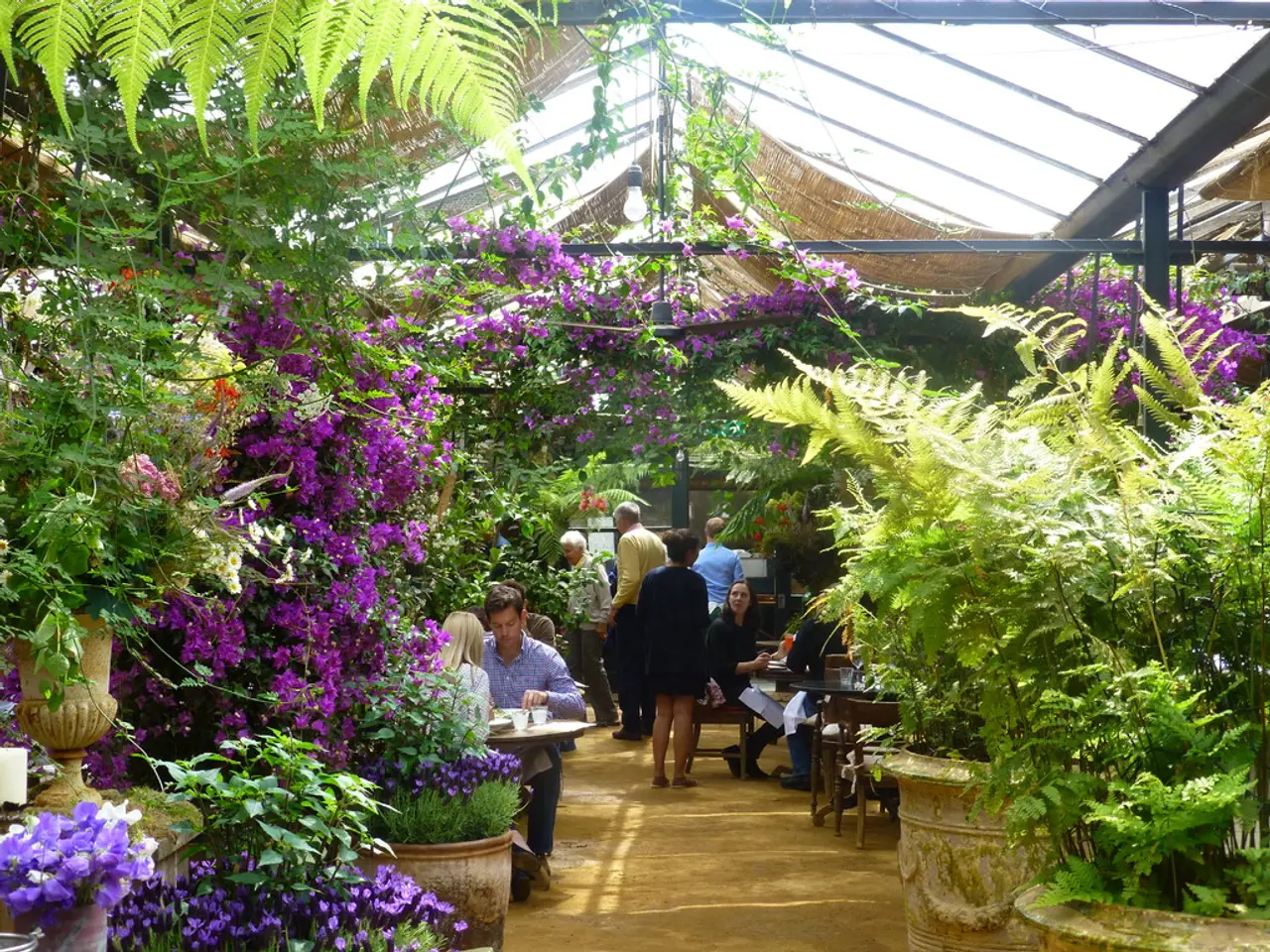Mexico City Celebrates Native Corn at Feria del Maíz 2025
Mexico City recently hosted a vibrant celebration of native corn, the Feria del Maíz 2025, coinciding with the city's 700th anniversary of Tenochtitlan. The event brought together farmers, chefs, and cultural advocates to honor and defend native corn against industrial agriculture.
The fair showcased over 60 varieties of native corn, including blue, red, purple, and speckled kernels, all brought by farmers from Oaxaca, Chiapas, Puebla, and the State of Mexico. These farmers emphasized the importance of preserving corn biodiversity.
Attendees could learn traditional corn preparation techniques through cooking demonstrations and workshops. They discovered how to nixtamalize corn and make tortillas by hand. The event also featured traditional dishes like tamales, tlacoyos, esquites, and atole, all prepared using heirloom corn and regional techniques.
Talks focused on crucial topics such as food sovereignty, climate resilience, and Indigenous agricultural knowledge. Activists distributed informational materials and called for stronger legal protections for native corn under national law.
The Feria del Maíz 2025 was more than just a celebration. It was a gathering of voices advocating for the preservation of native corn and the traditions surrounding it. The event also included live music, folk dances, storytelling sessions, and educational games for children.
The Feria del Maíz 2025 served as a powerful reminder of the importance of native corn in Mexican culture and cuisine. It brought together diverse communities to celebrate and protect this staple food, highlighting the need for sustainable and culturally sensitive agricultural practices.








